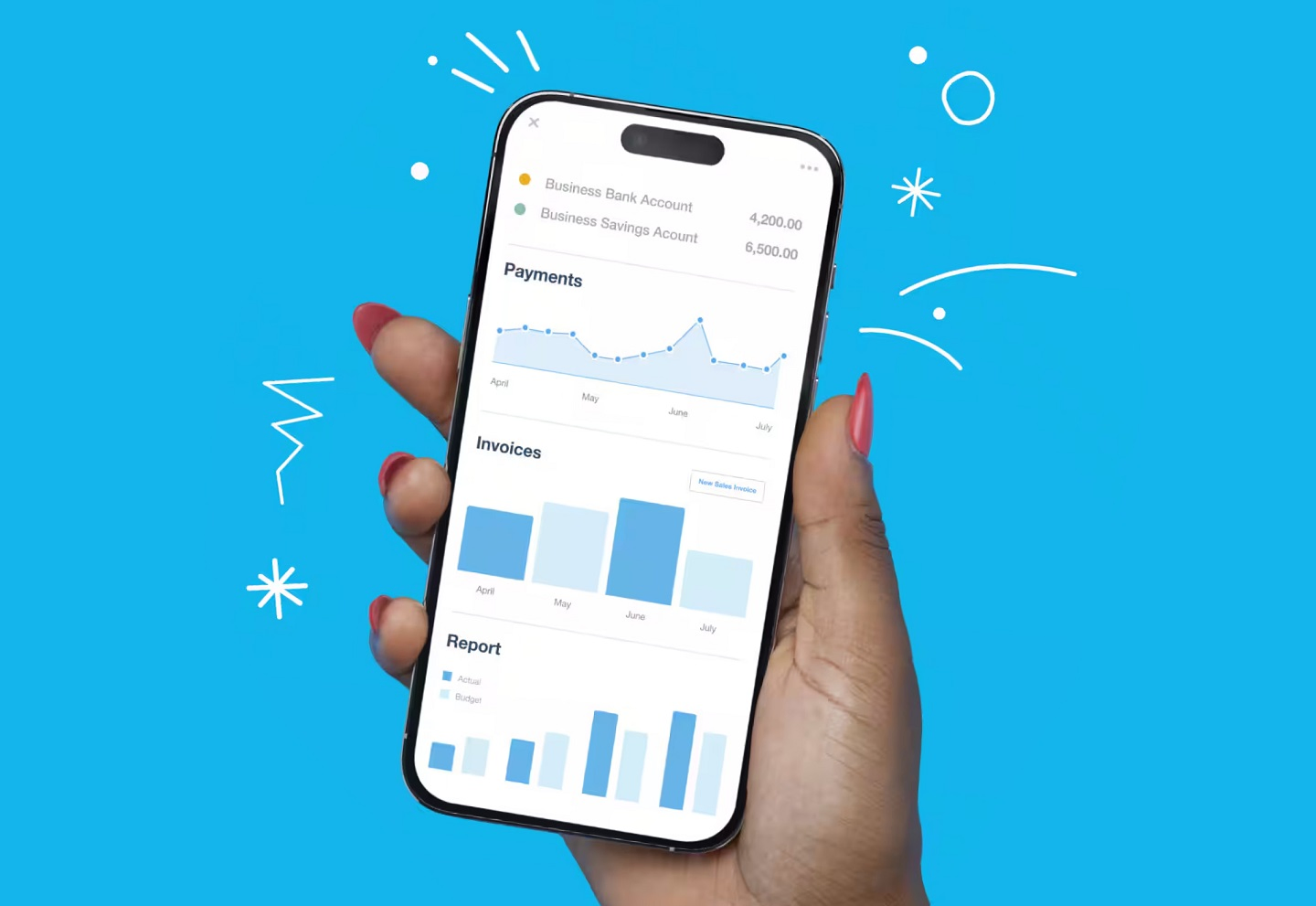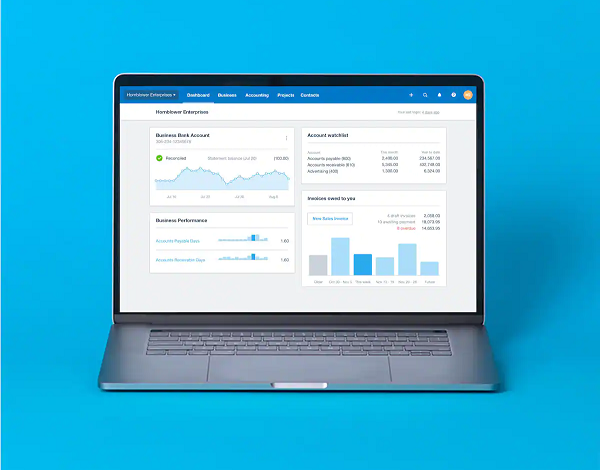A No-Code Tool for Website Building
Webflow lets users create optimised and responsive websites with a drag-and-drop web editor, built-in SEO tools like custom meta tags and schema markup, and a collaborative workspace.
What is Webflow?
Webflow is a visual website builder that lets users visually design, build, and launch responsive websites using HTML, CSS, and JavaScript. Designers gain full control over layout and styling in a visual canvas, while marketers can build pages using pre-approved, design-consistent components.
Webflow uses the CSS box model to simplify front-end development, allowing teams to build visually while maintaining brand consistency across all pages.

Key Features
Straightforward Site Builder
Webflow lets users design responsive webpages visually using the CSS box model. They can use the Quick Stack element to quickly create and adjust common layout structures or drag in and use unstyled HTML elements. For interactive websites, animations can be linked to scroll progress to create effects such as parallax scrolling, reveal animations, and progress indicators.
Shared Design Workspace
Webflow’s Shared Libraries allow teams to store and reuse brand-approved assets such as logos, icons, and hero images across multiple sites. Designers can access a centralised set of assets and apply updates at their own pace, reviewing and accepting changes when ready. This maintains consistency while supporting a smoother, more controlled rollout process.
Shared Design Workspace
Webflow’s Shared Libraries allow teams to store and reuse brand-approved assets such as logos, icons, and hero images across multiple sites. Designers can access a centralised set of assets and apply updates at their own pace, reviewing and accepting changes when ready. This maintains consistency while supporting a smoother, more controlled rollout process.
Site Hosting Manager
Webflow ensures secure and efficient site hosting with features like draft publishing, internal content protection, and a 99.99% uptime via its global CDN. It also supports localisation with language settings and alt text to personalise user experiences across regions.
SEO Monitoring Tool
Webflow gives users full control over SEO with tools like schema markups, indexing rules, redirects, and content optimisation features for CTAs and campaigns. Its built-in Analyze tool tracks visitor interactions and highlights performance insights to support data-driven design improvements.
Third-party App Integration
Webflow’s Figma plugin allows users to convert static designs into clean HTML and CSS directly within the platform. These designs can then be enhanced with third-party app integrations like Zapier, Stripe, and Unsplash to build fully functional business websites.
Webflow for Your Business Operations

